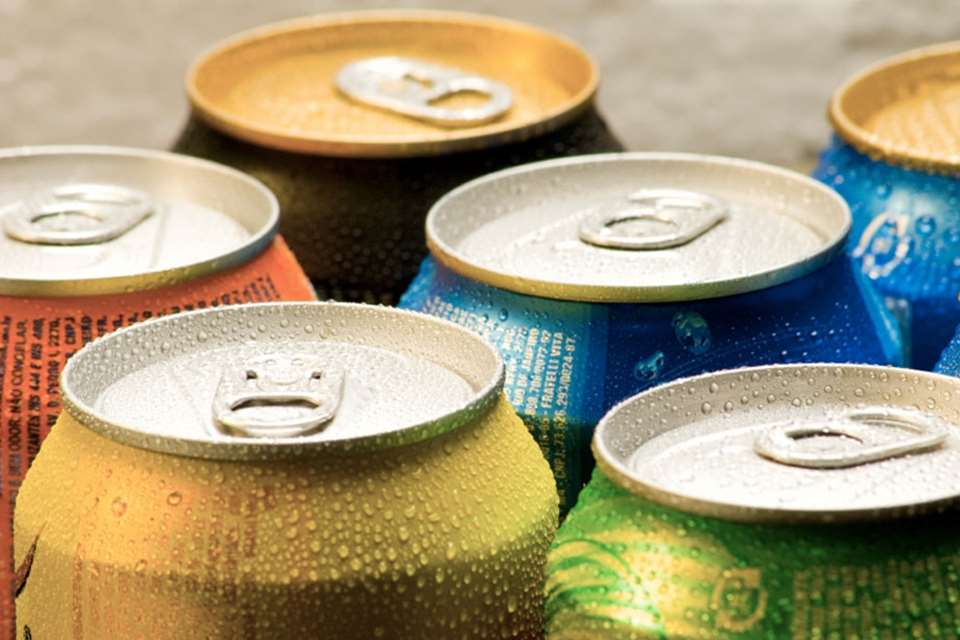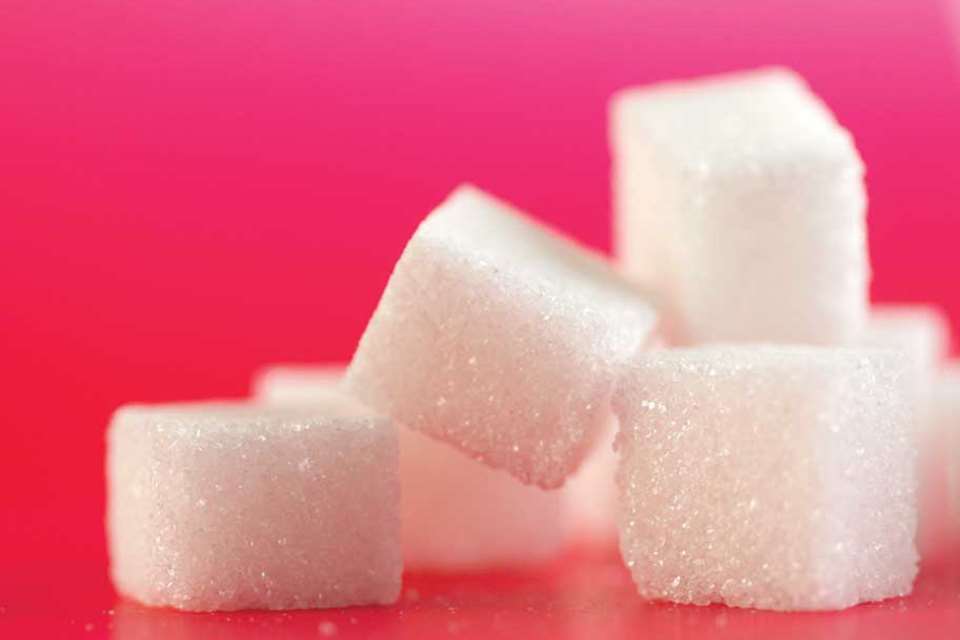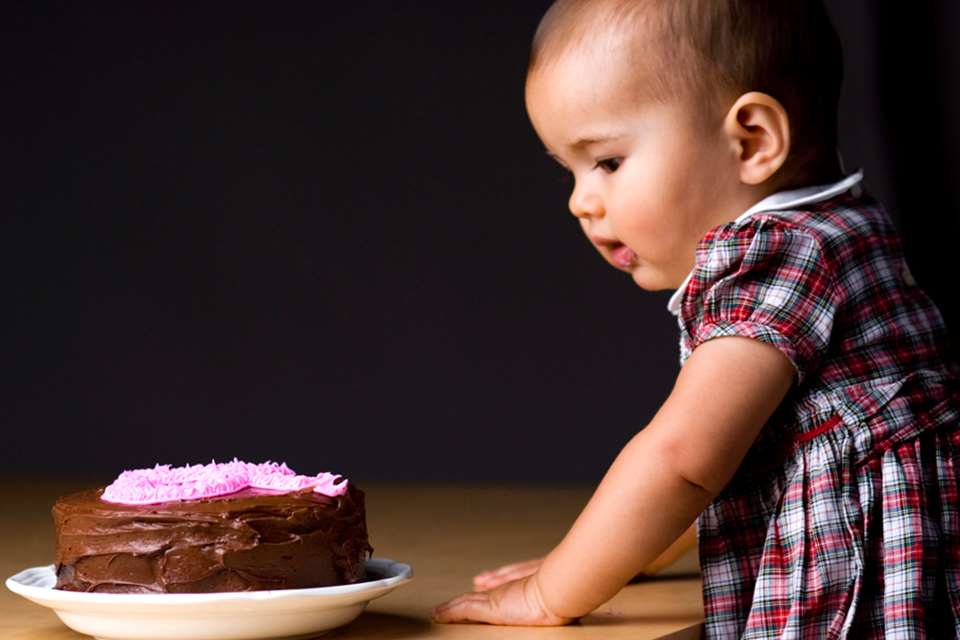Nursery Food: Nutritional guidelines - Sweet and sour
Annie Seeley
Monday, October 19, 2015
Getting the balance right when it comes to the consumption of sugar and fibre is vital for good health. Annie Seeley looks at the recommendations - and how they translate to early years meals

It seems that hardly a week goes by without sugar hitting the headlines. Jamie Oliver has launched a campaign and petition for a tax on sugary soft drinks. They add nothing to the diet, replace healthier foods, and increase obesity and type 2 diabetes risk, so this is a good call.
Whether you’re talking about white, brown, honey, agave nectar, molasses or maple syrup, these are all just sugar in different forms. Some might have a lower glycaemic index (release their sugar more slowly into the blood) or be less processed and more nutrient rich. But ultimately, sugar is sugar.
In July, the UK Government’s Scientific Advisory Committee on Nutrition (SACN) set recommendations to reduce intake of free sugars (see box) to less than 5 per cent of energy intake. This is in line with recommendations set by the World Health Organisation. It provides much-needed guidance on intake.
The report also updated recommendations on fibre, though this didn’t attract the same headlines. The committee recommended fibre intakes increase, and it also changed method for measuring fibre (from NSP to AOAC, see ‘More information’) so the UK will begin to use the same measurement for fibre as the rest of the world.
UK manufacturers are still using the NSP method of measurement. A rough calculation can be used, where you multiply fibre content by 1.33 to get the AOAC measurement.
OUT OF BALANCE
Children are consuming about three times SACN maximum advised intake of sugars, contributing to overconsumption of calories and likely replacing healthier foods in the diet. One in five children are overweight or obese by the time they start primary school.
Regularly consuming free sugars causes dental decay (28 per cent of five-year-olds have tooth decay) and sugary soft drinks consumption is linked to increased risk of obesity and type 2 diabetes. Conversely, if children don’t consume enough fibre this can lead to slower transit of food through the gut, resulting in constipation.
Sugar: how much?
Based on the 5 per cent recommendation from SACN, children aged between four and six years should have less than 19g of free sugars a day (four teaspoons).
While the committee hasn’t published guidance for children under four, based on current dietary guidance for one- to three-year-olds, recommended free sugar intake would be a maximum 15g of sugar (three teaspoons) a day. Children under one year should have no free sugars.
The report states there are no recommendations for children under two years due to ‘absence of information’. It is odd that recommendations were not published, however, as guidance for older ages can easily be adapted for younger children.
Recommendations for seven to ten years are no more than 24g of sugar a day (six teaspoons of sugar), and for children (including adults) 11 years and over it is 30g a day, or seven teaspoons of sugar.
The recommendations are for maximum recommended intakes, so intakes should be less than these amounts.
Fibre recommendations
Using the new AOAC method of measuring fibre, SACN recommends that two- to five-year-olds consume 15g per day, and five- to 11-year-olds should consume 20g per day. There aren’t recommendations for children under two years, as at this age there are concerns that if children consume too much fibre then this will fill them up and result in them not eating enough calories. A mixture of wholegrain and starchy carbohydrates are therefore recommended.
EARLY YEARS MEALS
So how do these recommendations relate to mealtimes in early years?
If early years providers follow the Children’s Food Trust (CFT) Voluntary Food and Drink Guidelines for Early Years Setting in England, children should be getting enough fibre and not too much sugar over the day.
Fibre
The CFT guidance recommends a mixture of wholegrain and starchy carbohydrates, so that younger children do not consume too much fibre.
A 45g slice of wholemeal bread contains just over 4g of fibre, so will provide just under a third of the recommended fibre for a child between the age of two and five.
A 40g portion of parsnips provides just under 2g and peas are 2g, so if you follow the CFT guidance, and give two portions of vegetables at lunchtime this will provide 4g of fibre, just under a third of children’s recommended intake.
Sugar
As sugars added to cakes, biscuits and desserts count towards the recommended maximum intake of free sugars, replacing most if not all of the added sugar in recipes for these with dried or whole fruit or even sweet potato, squash or beetroot will lower the free sugar content.
One of the recipes in the CFT guidance is for cocoa and beetroot cake with cocoa custard. In total each portion will provide 13g of sugar, just below the recommended maximum intake for a child under three. So if this was served as dessert, the rest of the day the children could have fruit with yogurt as a pudding and no additional free sugars.
Sugary drinks
Based on the SACN report, the Government’s Public Health England has urged parents to cut sugary soft drinks from children’s diets. One small 200ml carton of blackcurrant juice drink contains 20g of sugar, which exceeds the maximum recommended sugar intake for the day for children under four years.
As artificial sweeteners are not permitted in foods manufactured for young children (under EU law), artificially sweetened drinks should not be served as an alternative to sugary drinks.
The only drinks children really need are water and milk. The CFT guidance includes 100ml of diluted fruit juice (1:1 with water) with some meals. Taking into account these latest SACN recommendations, it is advisable not to serve fruit juice but just water and milk.
Breakfast
Cereals need to be low sugar (less than 15g of sugar per 100g). If you serve high-sugar breakfast cereals it is likely that, in addition to pudding, children will exceed the maximum recommended intake of free sugars.
SUGAR AT HOME
Although early years settings are not responsible for food and drink given at home, providers I have met recognise that they can have a positive influence on parents through education and support. They can’t account for how much sugar is given at home, so it makes sense to keep sugar content of nursery menus to a minimum. Providers can opt only for low-sugar breakfast cereals, give whole fruit as a snack and replace free sugars in puddings with whole, dried or cooked fruit. Dried fruit should only be given at mealtimes (not snack times) to protect teeth.
A HOLISTIC EDUCATION
All aspects of provision are educational, including food provision. By following CFT guidance and the SACN recommendations, providers can teach children to enjoy food that is healthy and tasty, without relying on high levels of sugar, and this can help set healthy eating habits for the long term.
Annie Seeley BSc (Hons) RNutr is a registered nutritionist, www.anniesdorsetkitchen.com
[asset_library_tag 989,Download the PDF]







